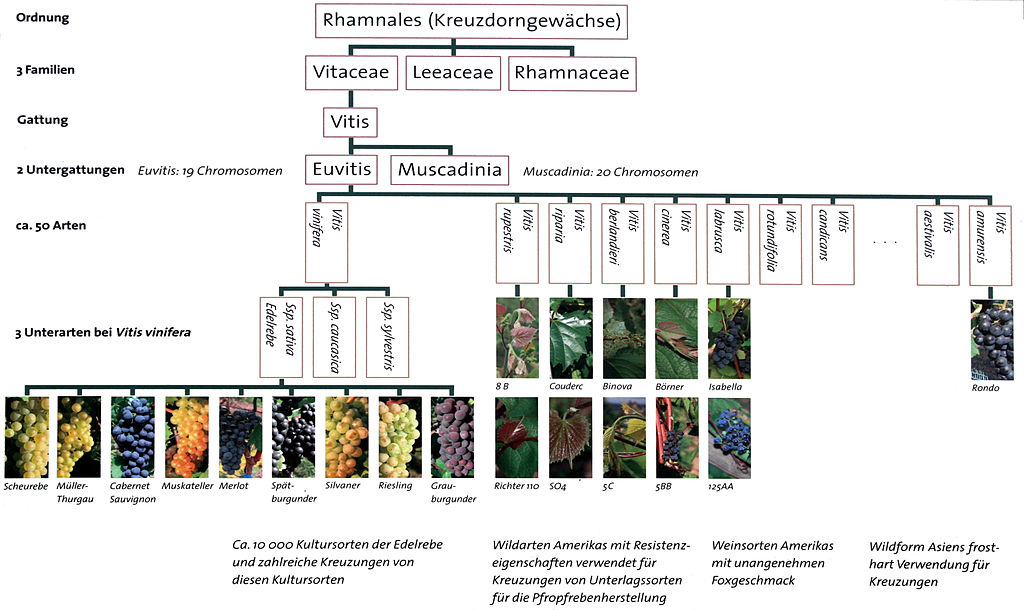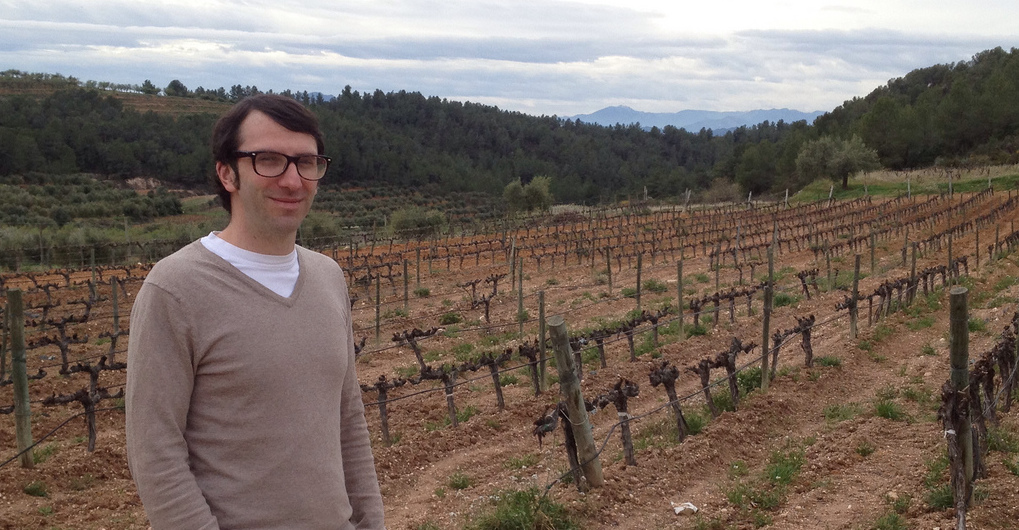
Do you have what it takes to become a Master of Wine? Well, you can take a look at this year's exam questions, from the essays to the tasting portion, and get a sense of how your wine chops would fare.
Jancis Robinson published the entire list, which you can peruse. Here are a portion the essay questions you'd have tackle, and this is just one part of the theory section. There are also questions regarding the business of wine and contemporary issues. So pick one question from each section and start sweating!
Theory Paper 2 - The Production of Wine - Part 2
Section A
1) Assess the role of oxygen in the maturation of fortified wine.
2) What are the critical factors (following primary fermentation and possible malolactic conversion) affecting quality in bottle-fermented sparkling wine?
Section B
3) What quality control procedures can make it possible to trace the origin of a bottle of wine?
4) Why are fining agents required during winemaking, and what factors influence the choice of fining agent?
5) Consider micro-oxygenation as an alternative to barrel ageing.
6) 'We consider the best wine is one that can be aged without any preservative; nothing must be mixed with it which might obscure its natural taste.' (Columella, 4-70AD). Assess the impact of chemical and physical intervention on the handling of wine following malolactic conversion.
What's most interesting is the blind tasting section of the exam. As Robinson points out, of particular note are comparing the "Brangelina" rosé with the Georgian Pheasant's Tears and Menage a Trois with Allegrini Amarone. I'd be crying tears if I couldn't pick distinguish the two latter wines!
Practical Paper 3
Wines 1-4 are from four different countries. None of the wines is from Champagne.
For each wine
a) Identify the origin as closely as possible with reference to the grape variety(ies) used. (4 x 10 marks)
b) Discuss the method of production. (4 x 7 marks)
c) Comment on quality and commercial position. (4 x 8 marks)
Question 2.
Wines 5-8 are from three different countries.
For each wine
a) Identify the country and region of origin. (4 x 7 marks)
b) With reference to grape varieties used, discuss the method of production. (4 x 7 marks)
c) Comment on the quality and ability to improve in the bottle. (4 x 7 marks)
d) State alcohol level (%). (4 x 2 marks)
e) State residual sugar (g/l). (4 x 2 marks)
Question 3.
Wines 9-10 are produced from two different countries in Europe.
For each wine
a) Discuss the method of production. (2 x 10 marks)
b) Comment on the quality. (2 x 8 marks)
For both wines
c) Compare and contrast the commercial potential. (14 marks)
Question 4.
Wines 11-12 are produced in different countries.
For each wine
a) Identify the country and region of origin as closely as possible.
(2 x 10 marks)
b) Discuss the method of production. (2 x 7 marks)
c) Comment on the quality and maturity. (2 x 8 marks)
1. Cava, L'Hereu, Raventos i Blanc 2011 Penedès, Spain (12%)
2. Vouvray Brut, Francois Pinon NV Loire, France (12.5%)
3. Riesling, Sektmanufaktur Graf 2010 Pfalz, Germany (12.5%)
4. Le Reve, Blanc de Blancs, Domaine Carneros 2006 Carneros, California, USA (12%)
5. East India Solera Sherry, Lustau NV Jerez, Spain (20%)
6. 15 year-old Malmsey, Blandy's NV Madeira, Portugal (19%)
7. Six Grapes, Reserve Port, Graham's NV Port, Portugal (20%)
8. Banyuls, Rimage, Domaine La Tour Vieille 2011 Roussillon, France (16%)
9. Miraval Rosé 2013 Côtes de Provence, France (13%)
10. Pheasant's Tears, Rkatsiteli 2011 Kakheti, Georgia (12.5%)
11. Ménage à Trois, Folie à Deux Winery 2012 California, USA (13.5%)
12. Amarone della Valpolicella, Allegrini 2009 Veneto, Italy (15.5%)










